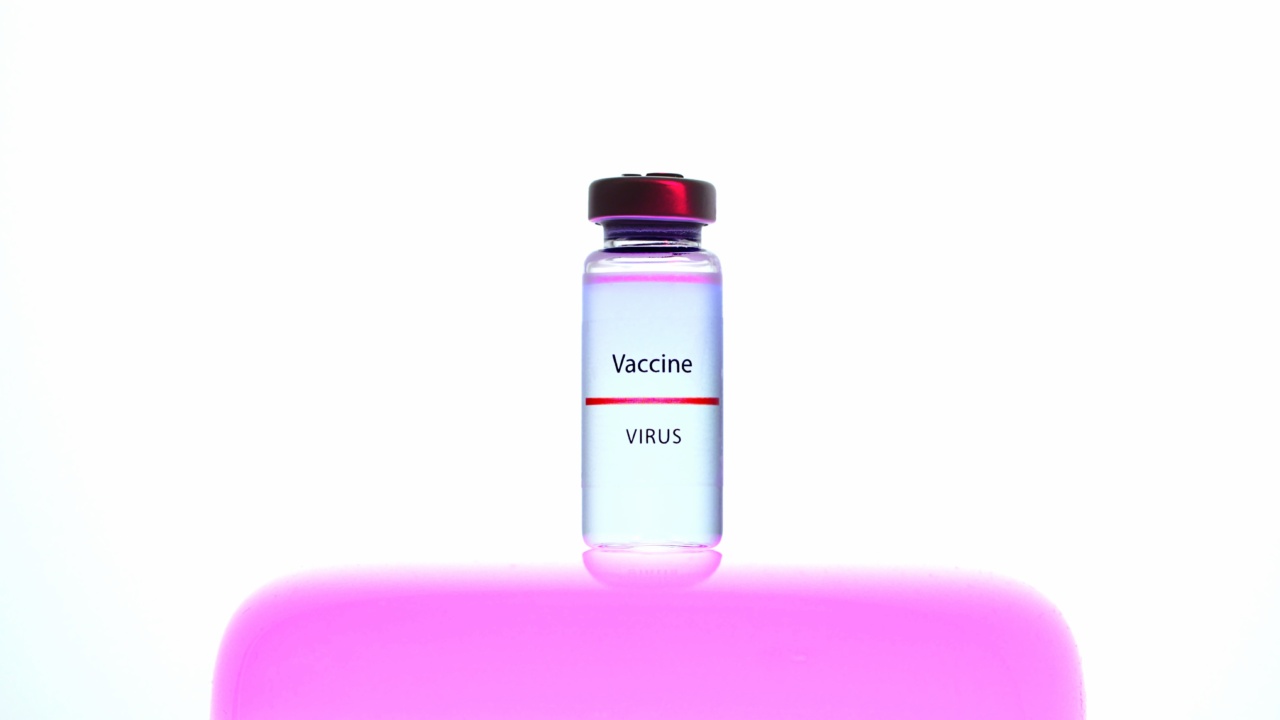In recent years, the HIV/AIDS epidemic has posed a significant challenge to global health. The disease has not only claimed countless lives but also created social stigma and discrimination against those living with the virus.
In order to combat this epidemic and ensure the well-being of individuals affected by HIV/AIDS, it is crucial to develop a comprehensive prevention and treatment action plan. This article aims to outline such a plan specifically tailored to the needs of the user community.
Understanding HIV/AIDS
HIV (Human Immunodeficiency Virus) is a virus that attacks the body’s immune system, specifically CD4 cells, which play a crucial role in fighting off infections.
Over time, HIV can destroy so many of these cells that the body can no longer effectively fight infections and diseases. This leads to AIDS (Acquired Immunodeficiency Syndrome), the most advanced stage of HIV infection.
Prevention Strategies
Preventing the transmission of HIV is the key to minimizing its impact on the user community. Here are some essential strategies:.
1. Promote Safe Sexual Practices
Encouraging the consistent use of condoms during sexual intercourse is vital in preventing the spread of HIV. Educational campaigns should be conducted to raise awareness about the importance of safe sex and debunk myths associated with condom usage.
2. Provide Access to HIV Testing and Counseling
Ensuring that testing facilities are readily available and accessible to the user community is essential.
Additionally, offering pre and post-test counseling can help individuals understand their risk factors, make informed decisions, and receive necessary support.
3. Implement Needle and Syringe Exchange Programs
User communities, especially injection drug users, are at higher risk of contracting HIV through sharing contaminated needles.
Establishing needle and syringe exchange programs not only reduces the risk of HIV transmission but also serves as an opportunity for engagement and referral to other health services.
4. Promote PrEP and PEP
Pre-Exposure Prophylaxis (PrEP) and Post-Exposure Prophylaxis (PEP) are important preventive measures for high-risk individuals.
PrEP involves taking antiretroviral drugs before potential exposure to HIV, while PEP involves prompt medication within 72 hours after possible exposure.
5. Conduct Outreach Programs
Targeted outreach programs should be organized to reach the user community effectively. These programs should raise awareness, educate individuals about HIV/AIDS, and provide resources and information on prevention methods.
Treatment and Care
While prevention efforts are crucial, it is equally important to provide appropriate treatment and care to individuals living with HIV/AIDS in the user community. Here are some essential components:.
1. Access to Antiretroviral Therapy (ART)
ART is the cornerstone of HIV treatment, as it can effectively control the virus, prevent transmission, and improve the overall health of individuals living with HIV/AIDS. Ensuring access to ART medications is essential for the user community.
2. Mental Health Support
Living with HIV/AIDS can be emotionally challenging, and users may face additional stigmatization and discrimination.
Providing mental health support, including counseling and therapy services, is vital to address the psychological well-being of the user community.
3. Holistic Healthcare Services
Comprehensive healthcare services should be provided to address the diverse needs of individuals living with HIV/AIDS. This includes regular medical check-ups, preventive screenings, and treatment for co-existing health conditions.
4. Peer Support Groups
Creating opportunities for peer support is crucial in establishing a sense of community and reducing feelings of isolation among individuals living with HIV/AIDS.
These support groups can provide emotional support, share experiences, and empower members of the user community.
5. Training and Capacity Building
Offering training programs to healthcare professionals and community workers can enhance their knowledge and skills in providing quality care to the user community.
Training should focus on HIV/AIDS awareness, prevention strategies, treatment protocols, and stigma reduction.
Conclusion
In conclusion, an effective HIV/AIDS prevention and treatment action plan for the user community should encompass a range of strategies tailored to their unique needs.
By combining prevention efforts, accessible testing and counseling services, and comprehensive treatment and care, it is possible to mitigate the impact of HIV/AIDS, reduce stigma, and improve the overall well-being of individuals affected by this epidemic.





























